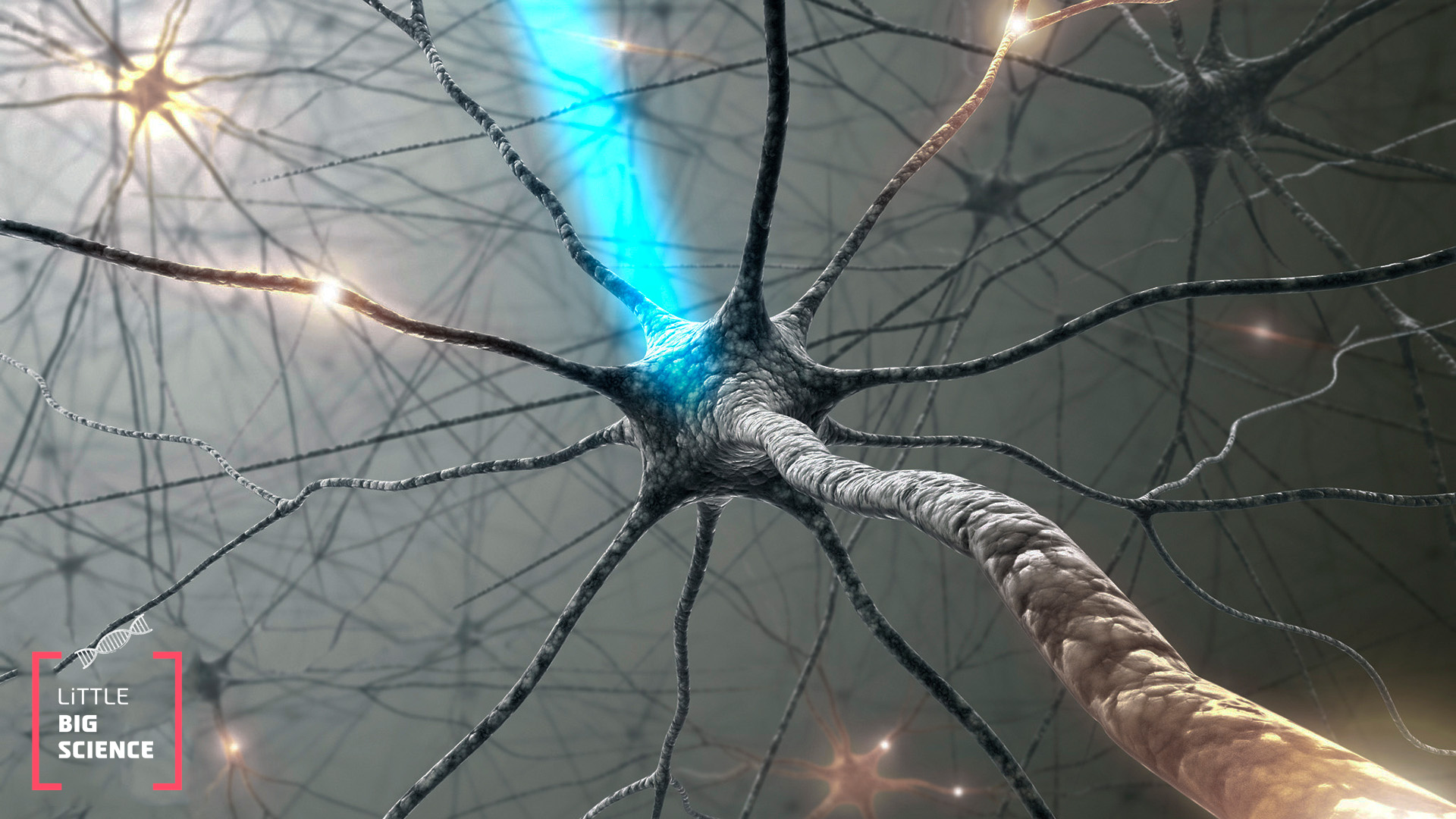
Optogenetics is a technique based on the genetic engineering of cells, enabling cells to produce light-sensitive proteins. By using light, these proteins can be controlled and, through them, numerous biological processes can be regulated.
Advertisement
Many of the biological processes occurring in the human body are extremely sensitive and remarkably fast. If we wish to influence them directly, we need a precise and dynamic tool. Numerous research approaches focus on examining these processes, such as creating an organism lacking one specific component of interest and observing the consequences. While this can teach us a great deal, it is also a lengthy and challenging procedure. In recent years, a method has been developed that allows greater control over biological processes by means of a light-controlled protein. This protein can be introduced into the organism’s cells through genetic engineering, enabling us to “control” cellular processes using light. This method is called optogenetics.
Optogenetic technology is based on the use of proteins called opsins that are sensitive to light [1]. In response to light of a specific wavelength, these proteins change their conformation, which opens a channel, permits ion flow, and rapidly alters the cell’s electrical potential [2]. Such changes in cells like neurons and muscle cells are critical for their function. For example, when a muscle cell’s membrane potential shifts, the cell contracts. The main sources of opsin proteins are algae or bacteria, with the best-known opsin being channelrhodopsin-2 (ChR2 for short), which is naturally found in a unicellular alga. Using genetic engineering, this and other opsin-family proteins can be expressed in the cells of various organisms, thereby allowing us to control the electrical activity of the chosen cell. This capability opens the door to diverse applications in studying the nervous system and the heart.
In brain research, for instance, neurons that produce the opsin ChR2, or a similar protein, are activated when blue light is shone on them and remain active as long as the light is on [3]. This property helps researchers investigate different brain functions. Most of these studies are conducted in mice because they are easily amenable to genetic manipulation. To induce the mice’s neurons to produce the protein, viruses carrying the gene encoding ChR2 are injected, causing the neurons themselves to synthesize the light-sensitive protein. By targeting neurons in specific brain regions and activating them with light, researchers have been able to elucidate their activity and roles. In one of the field’s early studies, scientists genetically engineered mice so that ChR2 was produced in a brain area responsible for initiating movement in a particular direction. When blue light was directed at this area, the mice changed their course and moved only to the left for as long as the light remained on [4].
But optogenetics can be used not only in the brain. Another area that employs it is cardiac research. Studies have shown that the heart’s contraction rate can be controlled using optogenetics [5], and this capability has the potential to improve pacemakers in laboratory animals. By leveraging the precision of optogenetics, it is possible to create biological pacemakers that are activated by light, causing only a specific type of heart cell to contract. Arrhythmia in mice can also be treated: instead of using an electrical shock to restore normal rhythm, exposure to light can accomplish the same task [6].
Optogenetics holds enormous potential in additional fields as well, such as treating blindness [7] or influencing breathing [8], but much research is still required before this technology can be applied in humans. First, the issue of genetically engineering human cells using viruses must be addressed. Moreover, we have to answer the question of the light source: how do we place something like a flashlight inside the body, near the heart or the nervous system? Research on these topics is ongoing, and new solutions to the various challenges are being found all the time, so we can only hope that in a few years it will be possible to treat different diseases simply by turning on the light.
English editing: Elee Shimshoni
References:
- How Optogenetics Works
- How ChR2 Functions
- Controlling Brain Activity with ChR2
- Controlling Mouse Movement Using Optogenetics
- Using Optogenetics to Study the Heart
- Treating Arrhythmia in Mice with Optogenetics
- Treating Blindness with Optogenetics
- Modulating Respiration with Optogenetics







